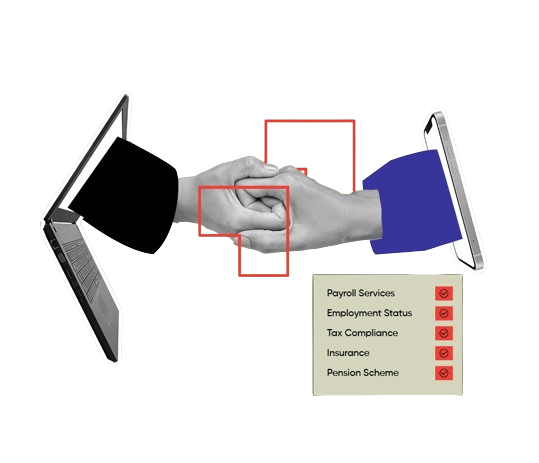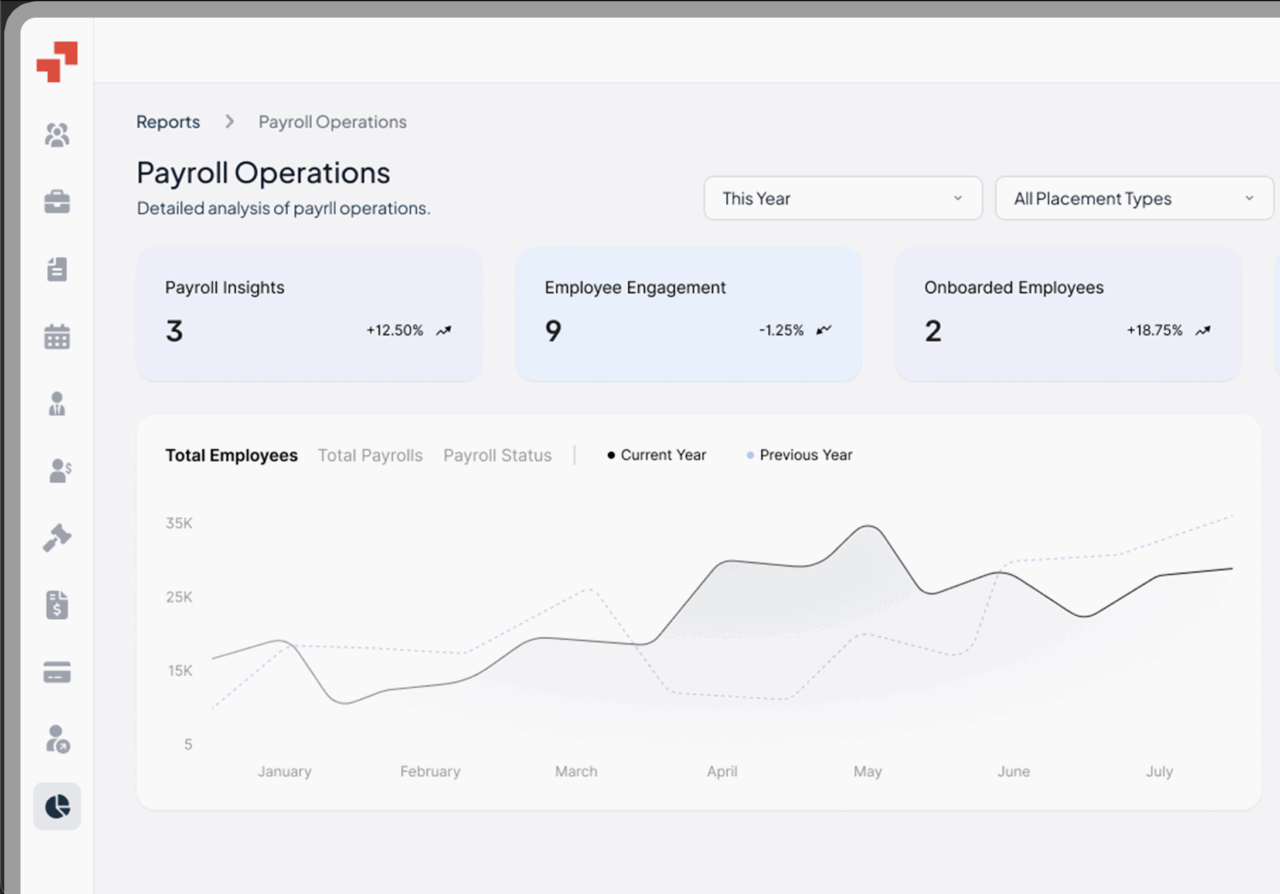TABLE OF CONTENTS
- What is a Fixed-Term Employment Contract?
- Benefits of Using Fixed-Term Contracts
- Risks of Using Fixed-Term Contracts
- When to Use a Fixed-Term Employment Contract
- What To Include in a Fixed-Term Employment Contract
- How to Terminate a Fixed-Term Employment Contract
- Best Practices for Using Fixed-term Employment Contracts
- Ensure Compliant Fixed-Term Employment Contracts for Global Expansion
- FAQs
Are you considering hiring talent for a specific project or a specified period of time? Do you want to ensure that your employment contracts are compliant with local laws and regulations? Look no further!
In this guide, we’ll delve into the world of fixed-term employment contracts, exploring their benefits, risks, and best practices.
What is a Fixed-Term Employment Contract?
A fixed-term employment contract, also known as a limited-term employment contract, is a contractual agreement between an employer and an employee that lasts for a specified time period. Limited-term contracts have specified start and specified end date.
These contracts are often used for temporary or seasonal work, or to cover a specific project. They can be an attractive option for employers who need to fill a short-term gap in their workforce or want to test the waters before committing to a permanent hire.
Benefits of Using Fixed-Term Contracts
There are several benefits to using fixed-term contracts, including:
- Defined contract length: Fixed-term contracts specify the length of the employment arrangement, which sets clear boundaries for employers and employees. This can help to avoid misunderstandings and ensure that both parties are on the same page.
- Flexible staffing: Fixed-term employment contracts make it easier for businesses to meet temporary hiring needs. They can be used to hire seasonal staff, consultants, or talent to fill in for permanent positions or employees on long-term leave.
Fixed-term contracts can be used to hire employees for a specific period of projects or tasks, allowing employers to bring in specialized skills and expertise on a temporary basis. - Fewer liabilities: Because fixed-term contracts have specified end dates, they don’t require notice periods for termination once the contract expires. This can help to reduce the risk of costly severance packages and minimize the administrative burden of terminating an employee.
- Cost savings: Fixed-term contracts can be more cost-effective than permanent employment contracts, as they don’t require employers to provide benefits or pay severance packages.
Risks of Using Fixed-Term Contracts
While fixed-term contracts can be beneficial, they also pose some risks, including:
- Recruiting challenges: Companies that hire talent abroad using fixed-term contracts tend to recruit more often, which can be costly and time-consuming.
- Limited job security: Fixed-term contracts often provide limited job security, which may make it difficult for HR teams to build a cohesive workforce.
- Non-compliance with employment laws: Fixed-term contracts must comply with local employment laws, which can be complex and vary by country. Failure to comply can result in costly fines and reputational damage.
Companies must be aware that certain countries enforce equal treatment for fixed-term employees, mandating identical wages and benefits as that of a permanent employee. This means providing:
- Equivalent compensation for comparable work
- Access to similar benefits and perks
- Identical working conditions and privileges
- Renewal and extension complexities: Fixed-term contracts can be renewed or extended, but this can create complexities and uncertainties for both employers and employees.
Examples of global risks with fixed-term employment contracts
When expanding internationally, companies must be aware of the diverse legal landscape surrounding fixed-term employment contracts. Failure to understand local labor regulations can lead to unintended legal consequences. Key examples include:
- Germany: Limited renewals (up to three times within two years)
- France: Strict conditions for fixed-term contracts (e.g., replacing absent employees, written contracts, 18-month limit)
- United Kingdom: Fixed-term employees becoming permanent after four years
- Japan: Five-year fixed-term employees gaining permanent status
- Lithuania: 20% cap on fixed-term employment contracts
To mitigate risks, companies must consider:
- Contract duration limits
- Eligible job types for fixed-term workers
- Local labor laws, including benefits, worker rights, tax liabilities, dismissals, and industry-specific regulations
By understanding these factors, businesses can ensure compliance and avoid potential pitfalls when implementing fixed-term employment contracts globally.
When to Use a Fixed-Term Employment Contract?
Fixed-term contracts are best for companies with temporary work needs. They might use fixed-term contracts to:
- Hire seasonal staff to cover peak periods or holidays
- Bring in consultants or experts for specific projects or tasks
- Fill in for permanent employees on long-term leave
- Test the waters before committing to a permanent hire
- Meet unexpected staffing needs or fluctuations in demand
What to Include in a Fixed-Term Employment Agreement?
When drafting a fixed-term contract, it’s essential to include the following elements:
- Contract start and finish date: Clearly specify the start and end dates of the contract to avoid misunderstandings.
- Early termination clause (if applicable): Include a clause that outlines the conditions under which the contract can be terminated early.
- Justification for fixed-term status: Explain why the contract is being offered on a fixed-term basis, rather than as a permanent employment contract.
- Job title and description of work: Clearly outline the job title, responsibilities, and expectations.
- Expected hours: Specify the expected working hours for ongoing employment, including any overtime or flexible working arrangements.
- Place of work: Clearly state the location of the workplace, including any remote or flexible working arrangements.
- Vacation terms: Outline the vacation entitlement, including any accrual or carryover provisions.
- Sick leave: Specify the sick leave entitlement, including any notice periods or documentation requirements.
- Wage: Clearly state the wage or salary, including any benefits or allowances.
- Collective bargaining terms: Include any collective bargaining terms or conditions that apply to the contract.
- Grounds for dismissal (if applicable): Outline the grounds for dismissal, including any notice periods or termination procedures.
- Termination benefits and notice periods: Specify any termination benefits or notice periods that apply to the contract.
How to Terminate a Fixed-Term Employment Contract?
Terminating a fixed-term contract demands meticulous attention to detail and a deep understanding of local employment legislation to avoid legal pitfalls and ensure a smooth termination process that respects the rights of both parties. Employers must include clear and specific terms in the agreement from the start, outlining the conditions under which the contract can be terminated early.
• Notice periods: Provide adequate notice periods to allow the employee to find alternative employment or make arrangements.
• Termination benefits: Offer termination benefits, such as severance packages or outplacement services, if appropriate and required by local laws.
• Reason for termination: Clearly communicate the reason for termination, ensuring it aligns with the terms outlined in the written contract, and complies with local employment laws.
• Documentation: Keep thorough records of the termination process, including all communications and reasons for the decision.
In some countries, terminating a fixed-term contract prematurely is not feasible, even with explicit terms outlined in the initial agreement. In such cases, employers must negotiate a mutual termination agreement with the employee to ensure the contract ends in compliance with local labor laws.
This agreement must encompass all essential elements to adhere to the relevant legal requirements, providing a clear and lawful exit for both parties.
Best Practices for Using Fixed-Term Employment Contracts
To make the most of fixed-term employment contracts while minimizing risks, consider the following best practices:
- Understand local laws: Familiarize yourself with the employment laws in your jurisdiction to ensure compliance and avoid potential legal issues.
- Be clear and specific: Draft contracts with clear, concise language that leaves no room for misinterpretation.
- Regularly review and update: Review your fixed-term contract templates regularly to ensure they remain compliant with changing laws and business needs.
- Communicate openly: Maintain open communication with fixed-term employees about their contract status and any potential for renewal or permanent contract employment.
- Plan for transitions: Develop a smooth transition plan for when fixed-term contracts end, including knowledge transfer and handover processes.
- Monitor contract duration: Be aware of any legal limitations on the duration or number of renewals for fixed-term contracts in your jurisdiction.
- Provide equal treatment: Ensure that fixed-term employees receive equal treatment in terms of working conditions and opportunities compared to permanent employees.
Ensure Compliant Fixed-Term Employment Contracts for Global Expansion
Simplify the complexities of global recruitment and employment compliance by partnering with PamGro, a renowned Employer of Record (EOR). Our expertise in local labor laws and regulations worldwide ensures seamless global mobility, enabling you to quickly and compliantly engage or relocate top talent across borders without the need for entity setup.
We take care of:
- Employment contract creation and compliance
- Onboarding and payroll management
- Benefits administration and HR support
While you maintain control over your team’s day-to-day operations, we handle the backend tasks, freeing you to focus on driving global business growth without the administrative burdens.
FAQs
1. How long can an employee be on a fixed-term contract?
In the United Kingdom, a significant milestone exists for fixed-term employees. After completing four years of successive fixed-term contracts, they automatically transition to permanent or indefinite employment status.
This crucial jurisdiction-specific rule highlights the importance of understanding local labor laws and regulations, as they can significantly impact employee status and employer obligations.
Make £100 for You & £100 for Your Friend

Hire, Classify, and Pay Contractors - All in One Platform








